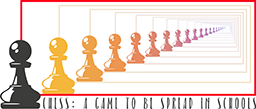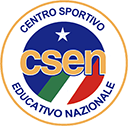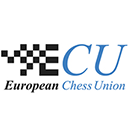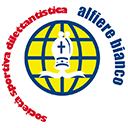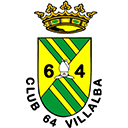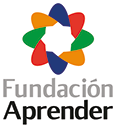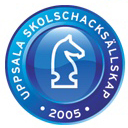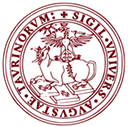CGS Project
Summary of the Project
The project reference point will be a high-level online platform capable of supporting teachers’ training, also remotely and easily, for teachers who have been the trainers of their colleagues. This platform will contain teaching protocols that can be used in all the languages of the project, as well as an area of gambling and learning for pupils of third, fourth and fifth grades of primary school; it will also have a dedicated space on training for teachers, videos of classroom activities, publications of research into the effects of chess in schools, the ability to trace the activities carried out by teachers, and a protocol for the assessment of the skills acquired by teachers.
After the trial, recognition of the “Chess: a game to be spread in schools” teaching and training model will be requested from the European Union through the ECU. This will serve as a stimulus for teachers from all Member States who, by applying the model, can be supported by a formal international recognition, which can be useful for them both professionally and in relation to their school.
Summary of the project
Main objectives
Use of chess as an educational tool Assessment of the effect on children's cognitive and relational skills Teacher training (from scratch), to transfer to them the technical skills necessary to create chess lessons or games on a giant chessboard Teacher training so that they can pass on the skills they have obtained, training their colleagues "in cascade" Evaluation of the impact of the project on the professionalism of teachers Obtain recognition of the CGS teaching and training model, from the European Union and through the ECU
Basic teaching
Playing on a giant chessboard (kindergarten and first and second primary classes) for 15 hours per school year, during school hours Traditional chess in class and on the WEB, (third or fourth or fifth grade classes) for 15 hours per school year, during school hours
Models
- Model A - Psychomotricity on a giant chessboard for kindergarten from (3 to 5 years old)
- Model B - Psychomotricity on a giant chessboard for primary school (from 5 to 7 years old) with the CASTLE model
- Model C - Chess for primary school with the CASTLE model plus the web (third or fourth or fifth grade)
- Model D - Chess for primary school plus videos and the web (third or fourth or fifth grade - with learning coding elements)
